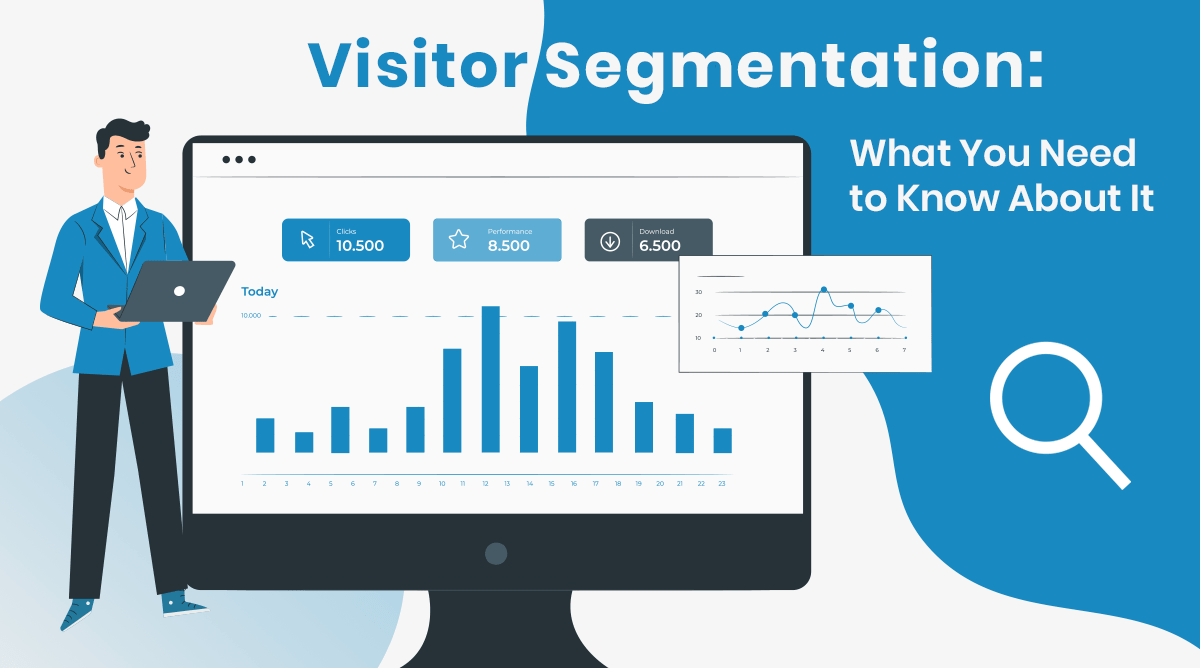There’s no doubt that combining your target audience together into a single group can help you get some positive results. But, for a short time. If you smartly segment your website visitors into the right categories to target each niche, it would help in gaining more conversions and ultimately increase your revenue.
Yet, there are many businesses that are struggling to search smart and strategic ways to segment their website visitors even though they have operational domains. This has resulted in increased gap between the need of website visitors and the thing they get or what a business offers them.
In this blog post you will learn everything about website segmentation.
Let’s start!
Introduction to Website Visitor Segmentation
Simply speaking, website visitor segmentation means to separate prospects and customers into different groups depending on some vital parameters such as visitor behavior or characteristics, geography, psychographics, acquisition sources, and so on. With the use of segmentation, you can offer your website visitors with highly relevant and targeted content, product recommendations and marketing messages as well as get more sales and high business rewards.
Types of Segmentation of Website Visitors
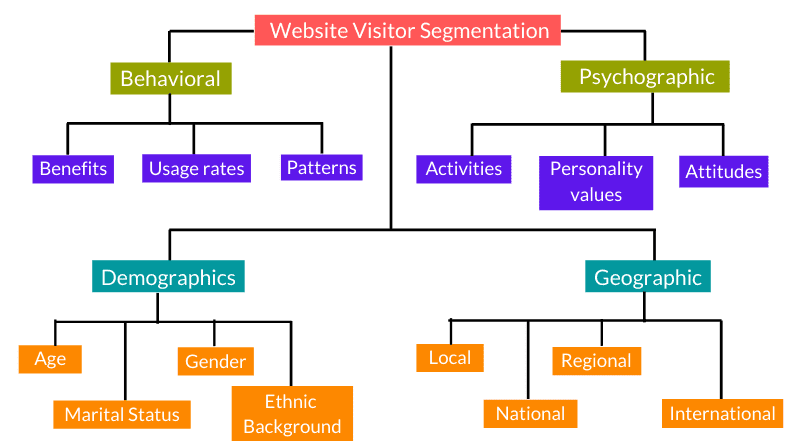
In marketing, segmentation is one of the key pillars. It helps you to better understand your target audience, meet their requirements and offer an improved visitor experience to get repeated visitors and sales to the business.
You can segment your website visitors in different ways. For instance, if you are a software company, you can segment your visitors depending on the sales funnel they depend, such as website visitors, blog visitors, newsletter subscribers, social media followers and so on. For an ecommerce business, you can segment your visitors based on the gender, location, shopping history, budget, and so on.
But it is always better to segment your website visitors into four basic segments as below:
1. Demographic Segmentation

Questions such as “What is your visitor’s age?” “Was the visitor male or female?” What’s their location”? will particularly help in checking the demographics of your incoming traffic.
Moreover, this type of segmentation is very useful for businesses that focus on physical and socio-economic factors. For instance, let’s take an example of a such as Dineout. It needs to check for the customer’s location for suggesting the best restaurants near them. An individual with an age of 18 years might be more interested in searching fast-food chains such as McDonald’s or Dominos and one that is aged 30 years may be most interested in a sushi restaurant or one that serves alcohol.
Similar to this, an online clothes store will also be able to suggest better clothes if they have an idea about visitors’ demographics. For example, if you are a woman of age 25, you are most likely to check for a casual skirts, leggings, tops, etc. instead of a man checking for the same on the platform.
The conclusion is that demographic segmentation is simple. You can easily get the supporting data too. Google Adwords, Google Analytics and Facebook Ads enable you to conveniently and accurately collect data and target the individual using their demographic information. But one disadvantage of this segmentation is that it is mostly based on broad assumptions and doesn’t consider several important factors including the gender fluidity. This is where one needs to take more efforts.
2. Behavioral Segment
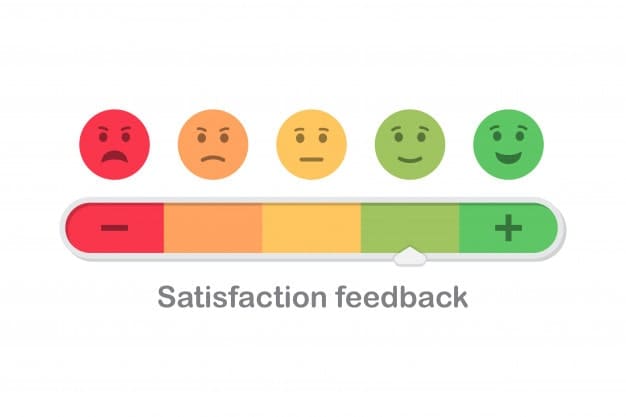
The behavior of all visitors on your website isn’t the same. With the behavior of your visitors, you can discover the right patterns or content for engaging them on your website and ensure that they leave with happily and satisfied as well as return for more.
If you consider Amazon, it checks for the shopping history of its customers and their real time actions on the site and then suggests products to its customers. YouTube suggests videos depending on the viewing history of a visitor. Facebook too uses the same mechanism too. It displays posts depending on users’ likes and pages they follow.
One of the major benefits of using behavioral segmentation is that it particularly relies on well-documented visitor behavior that makes it easy to target both new as well as returning visitors. The disadvantage to this is, it doesn’t consider a targeted persona’s intention in an accurate way. For example, if someone is looking for leather shoes on an ecommerce site, it suggests variety of leather jackets the next time he visits. And this isn’t good.
3. Psychographic Segmentation
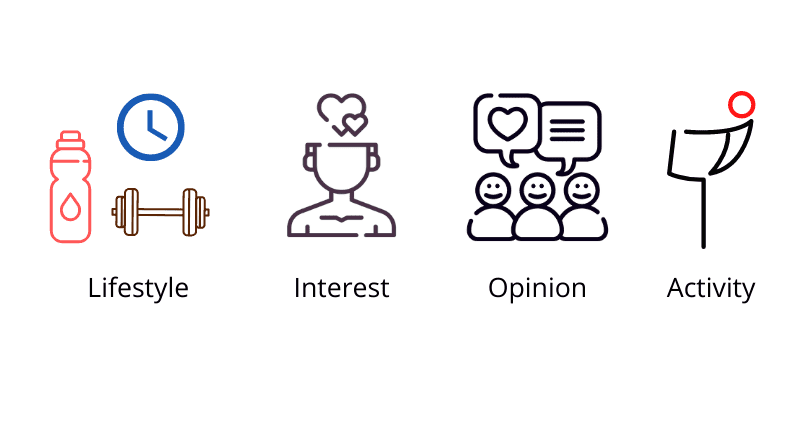
As compared to other methods psychographic segmentation is the most complicated one. The reason is it takes into consideration things such as a person’s beliefs, emotions, beliefs, opinions, likes and dislikes, and so on.
Suppose you are a Fintech company that offers multiple insurance options to a wide variety of people with different preferences. To serve such a countless variety of individuals, it is essential for you to create custom segments. These might particularly include categories psych as people planning for the second innings of their life and would want to invest in a retirement plan, people that work in a high-risk environment and want to invest in accidental insurance, or those living in harsh terrains who might want to secure their houses against natural calamities. Other categories may include the individuals that risk appetite while selecting insurance, the investment product itself and so on.
When the segmentation is done on the basis of beliefs, hopes and desires, you can offer them highly relevant products or services and also create relevant marketing campaigns and content for helping them convert into loyal customers.
This kind of segmentation is used by most of the professional content writers and marketers for creating compelling marketing messages, especially email campaigns and bring potential customers to your website.
Netflix, Apple and Nintendo are some best businesses that widely use this segmentation strategy.
4. Geographic Segmentation
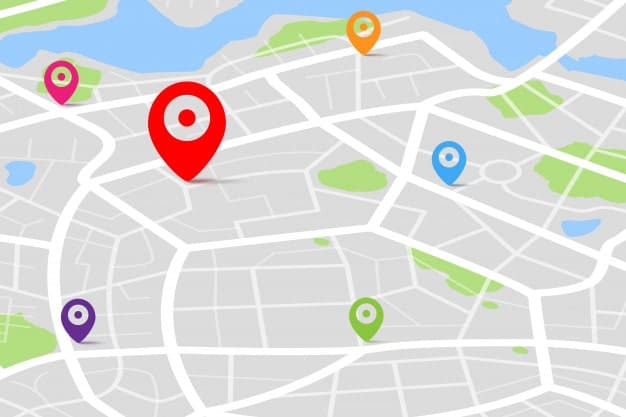
The most popular segmentation, geographic segmentation is used by marketers around the world. It enables you to target prospects and customers from specific countries in an effective way or as per the keywords used by them to land on your website.
For example, Amazon divides its website visitors depending on their traffic sources geographically to display significant products. It check for your IP address to verify your location and also displays a disclaimer message on its homepage, redirecting you to your region’s Amazon site for better user experience.
Check the image below:
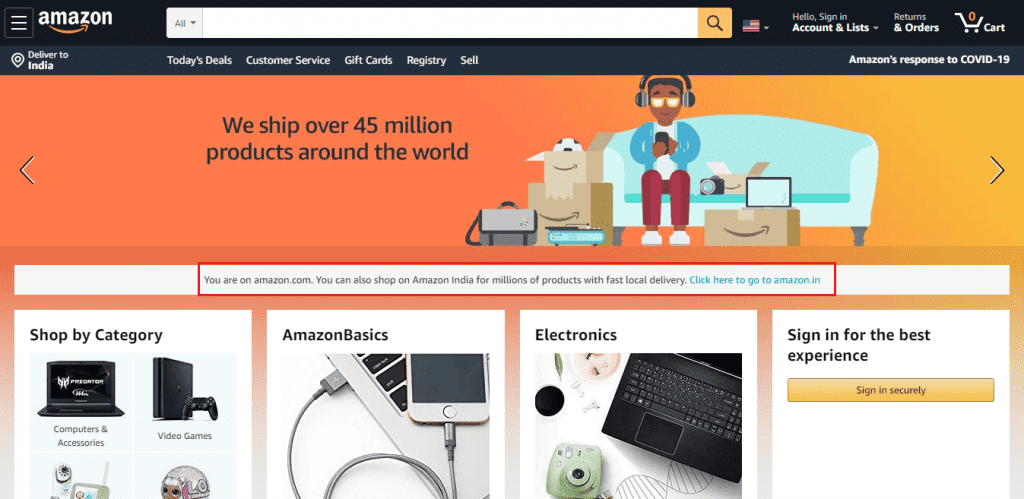
Each of the segments mentioned above have their own benefits but it is better to use the four in sync for enhanced quality segments for adding value to your business but also improves your conversion rate too.
Related: Secrets to optimize Google My Business for Local SEO
The Next Step After Segmenting Your Website Visitors
After creating the right set of segments, now you should use the gathered data to deliver a better and more enhanced website experience to your visitors with the optimization of your site pages. Let’s dive in to see how.
1. The Homepage
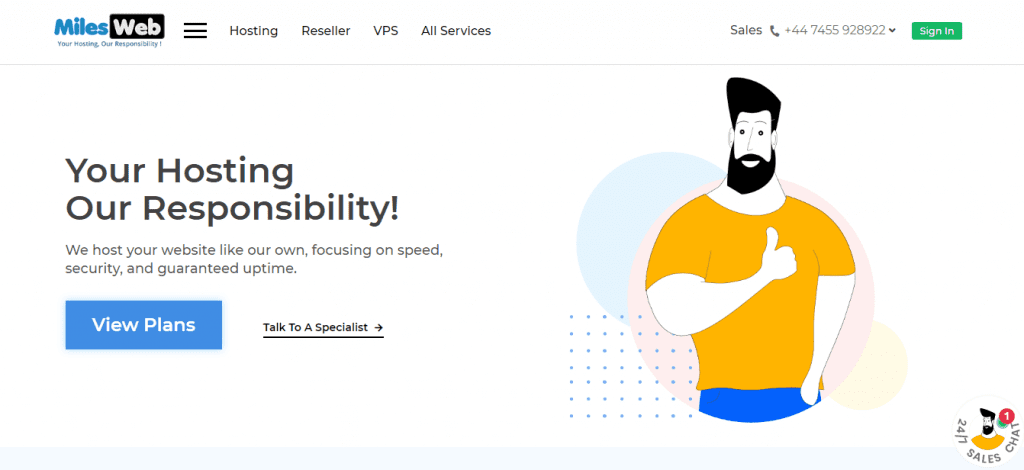
Your homepage is the identity of your business. It is the first page that your visitors interact and engage with.
Segmentation is the only thing that can make your homepage better and appealing to your target audience. Below is the way, you can use segmentation as per your preference and make your homepage your conversion magnet:
- By Demographic: When you display products and/or services related to a particular location or age group, it can help to create buzz on your homepage and push maximum of both existing as well as first time visitors into your sales funnel. For example, a company that deals with sports cars will target the age group between 20-40 years individuals. While a brand that published women’s magazines would specifically target the females of their respective region.
- By Behavior: It can prove to be significantly valuable for your business when you display or recommend products to a visitor as per their on-site behavior and past browsing history on the homepage. For instance, if an individual is searching for wallets and cuff-links, you can show them as top results on your homepage along with other recommendations such as ties and watches. This can increase the chances of conversions.
- By Psychographics: Though this segmentation doesn’t actually focus much on data, it requires precise research to discover and understand the visitors’ actual requirements. For instance, the luxury car brand might like to show a completely different fleet of cars to people that value quality and status as compared to those with a different buying outlook. Apart from this, a B2B enterprise that offers marketing services may create a homepage that precisely targets marketing managers that want to partner with them for their respective firm’s marketing and promotional needs.
To ensure your segmentation tactics, go for A/B testing of your ideas. Create several versions of your homepage for each targeted segment and run an A/B test to check which one performs the best.
2. Product Pages
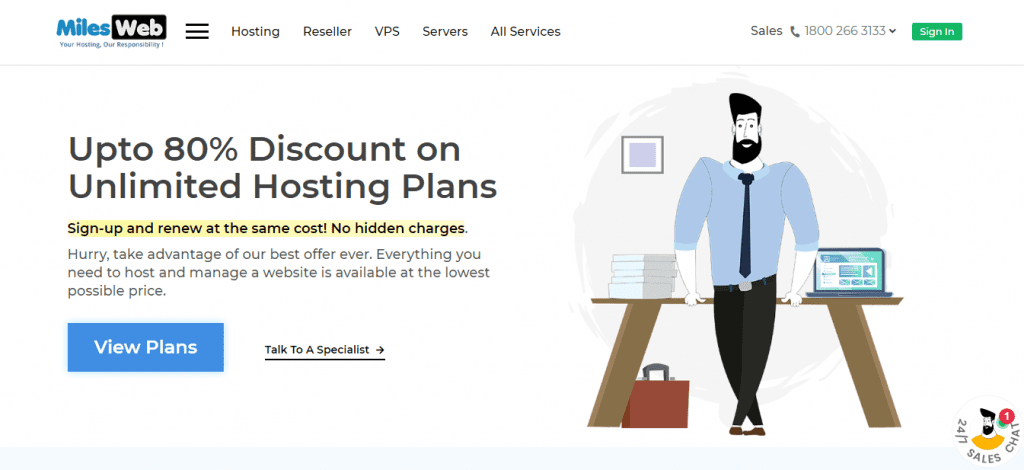
When you use segmentation for product pages, your go-to category should be segmented as per behavioral segmentation. The reason is that you should understand your target audience’s actions or conducts for moving ahead and pitching products that they would be most interested in.
Let’s check an example here. Suppose the average LTV (lifetime value) of your online customer is $100 (i.e., your customer purchases products of $100 worth from your company). And also imagine that a customer who has already spent $400 returns to your site. In this case, you should first show those customers premium products in the categories they always browse through on your site, followed by items with lesser value as add-ons. Furthermore, you can add filters such as ‘Price High to Low,’ ‘Price Low to High,’ ‘Popularity,’ and ‘Newest First’ to help you out.
Imagine another customer that has just purchased handbags and related products. In such a case, display them your highest selling handbags such as party clutches, office bags, totes, and wallets because they might love seeing them.
When you organize your products on product pages based on behavioral segmentation, it will help you suggest better products to your target audience as well as you’ll always stay in line with your audience’s intent.
3. The Landing Page
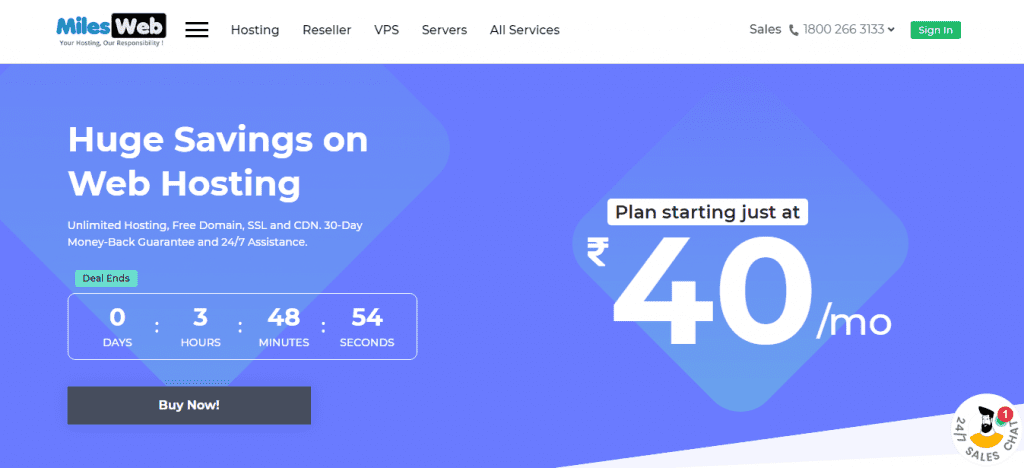
When you create compelling and engaging content for landing pages, utilize your money on psychographic segmentation. This is the reason behind you knowing the essence of your target audience with the help of the data extracted from this segment and also differentiating your brand for language usability and overall presentation for increasing engagement.
Apart from stressing yourself on building brand content (by recording trends and using search engine optimization) for your landing pages, you can also add elements that directly related to a visitor’s requirements to increase your conversions abroad. For example, Intuit, a financial software company, makes use of demographic segmentation for displaying different landing pages to individuals from different locations and ensures that they get engaged with optimum efficiency. It collects data from a user’s IP and displays landing pages respectively.
However, A/B testing your ideas shouldn’t be ignore and should be a part of your plan to endorse your learning.
Related: How to Improve Landing Page Performance of Your WordPress Website?
Avoid These Common Visitor Segmentation Mistakes
Visitor segmentation is highly complex and so, mistakes are likely to happen when doing it. So, knowing them is always good. Check below the common mistakes that might happen while doing visitor segmentation:
- Over Segmentation: Segmentation offers highly précised information for your business to thrive but if you overdo it, it can prove to be upsetting. This is because when you do website visitors’ segmentation at such refined levels, the dividing and combining process becomes daunting. Visitor segmentation can be successful only when done correctly and with proper focus. It will help you create the correct number of segments required for your business to target each visitor base as well as avoid confusions.
- Segmentation Without Strategy: When visitor segmentation is done without a clearly defined strategy, it is similar to a pizza without toppings. So, always plan for the visitor segmentation properly so that all your data and resources can be used carefully. Remember that the real definition of the visitor segmentation is the reason behind an marketing project/campaign, and for sure it requires more than just the planning.
- Changing Segmentation Definitions: Though it isn’t possible to change the fundamentals of segmentation, the segments themselves can be modified, but there is still a limit to it. The modifications can be primarily based on generation gaps, like something liked by Gen Z wasn’t appreciated by Gen Y, or psychographic, like a change in someone’s beliefs and so on. You should be able to understand these constantly changing market dynamics and review your visitor segmentations at consistent intervals for maximum effect.
- Over Focus On Demographics: Marketing make this mistake most of the time when segmenting their audience base. When you overly focusing on demographics, ignoring other segmentation categories, it can lead to the wrong categorization, further valuating your business in terms of lost customer acquisition opportunity. Instead you should be able to balance between all the categories and use the right permutations and combinations for avoiding revenue wastage.
How to Use Visitor Segmentation Alongside Website Personalization?
Of course, personalization is an important factor for successful online marketing, and segmentation is an important factor in making this possible. The Boston Consulting Group’s recent research states that marketers using digital tools and meticulously articulated data for personalization purposes can grow their conversions and revenues by about 6% to 10%, which is 3 times to its counterpart.
With visitor segmentation you can target the right people at the right time and with the right message. This makes brand marketing highly effective and efficient. Segmentation isn’t similar to personalization. Instead it acts as the fuel that increases the personalization engine that enables it to grow rapidly but much under control. Moreover, visitor segmentation combined with AI and machine learning helps in guessing visitor behaviour, influencing their decisions and actions and also sending messages that help in conversion growth and revenue gains.
Conclusion
Visitor segmentation can offer you numerous benefits. It is tried, tested and trusted method that helps in successfully running campaigns, understanding market dynamic, predicting future trends and getting your website ready for all current and future challenges.
Thus, visitor segmentation offers marketers with key perceptions about different groups of visitors (especially the anonymous ones), rather than just analyzing the results across your entire visitor base. When you determine the experiences that work for different audiences, it will lead to a powerful and successful website personalization strategy.
